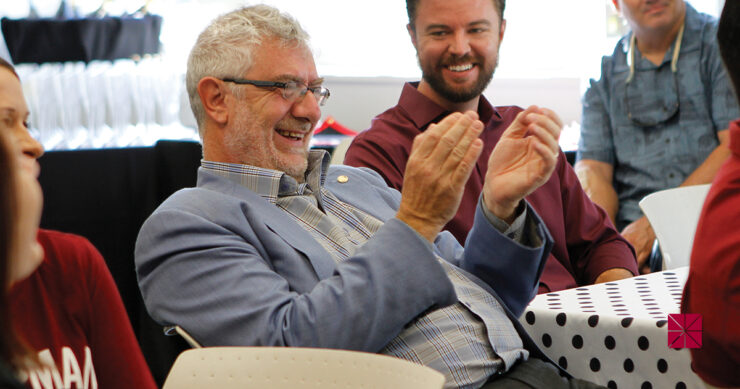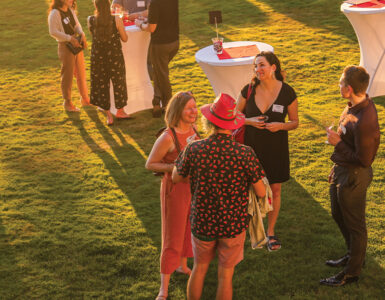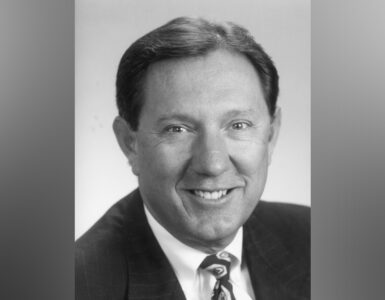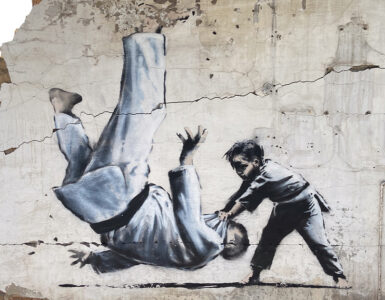Though I’ve been president of Chapman University for seven years, each passing year feels as fresh as the first. There is an unstoppable spirit of curiosity and community mindedness that drives this university toward new horizons year after year.
That drive is on full display among our alumni community, who have been connecting through regional networks and at Chapman On the Road events from coast to coast these past few months. I was lucky enough to join many of you recently in Seattle and San Jose. In this issue of Chapman Magazine, read about upcoming opportunities for parents and alumni to engage with Chapman and one another,, and meet a few Chapman graduates of the last decade, whose innovations are having an impact in their fields.
The strength of our alumni community and success of Chapman graduates begins the first moment a student walks on campus. That’s why our five-year strategic plan, “Our Path to Greatness,” centers on our commitment to academic excellence and a vibrant campus community. At my State of the University address in February, I shared the progress of this plan, including our successes in providing enhanced support for students and faculty to excel in study and research and our most successful fundraising year in Chapman’s history – an achievement in which over 17,000 of you played a role.
As we continue to pursue strategic initiatives that map our path for the future, we also celebrate the students, alumni and faculty whose distinctive research, creative activity and community advocacy are already putting Chapman on the map.
Faculty member and artist Lia Halloran exemplifies that spirit of curiosity. In a new book, “The Warped Side of the Universe,” Lia has created over 150 original paintings that integrate tightly with poetic verse written by collaborator and Nobel Prize-winning physicist Kip Thorne. Together, they explore discoveries from astrophysics that invite readers to have a novel and engaging experience of the universe.
A bit closer to Earth, albeit still a few hundred miles up in space, an observational instrument on the International Space Station has conducted remote sensing of canopy temperatures in tropical rainforests. Schmid College researchers Greg Goldsmith and Josh Fisher are using the data to determine the “tipping point” at which temperatures would get too high for tropical trees to function. This research helps the global scientific community understand a critical temperature threshold and urges a path forward for avoiding crossing that line.
And right here on campus, the Rodgers Center for Holocaust Education, led by Professor Marilyn Harran, is marking the 25th anniversary of the annual Holocaust Art and Writing Contest, which brings students from across the globe to Chapman for unparalleled education. Through creativity in art, poetry, prose or film, students focus on a survivor’s or rescuer’s specific Holocaust memory and share the action they will take as a witness in answering the call of memory.
Together, our Chapman community of students, alumni, faculty and staff demonstrate a lifelong quest for knowledge. In this commitment, we are able to confront the challenges of a changing world with ingenuity and impact.
Daniele C. Struppa
President, Chapman University




